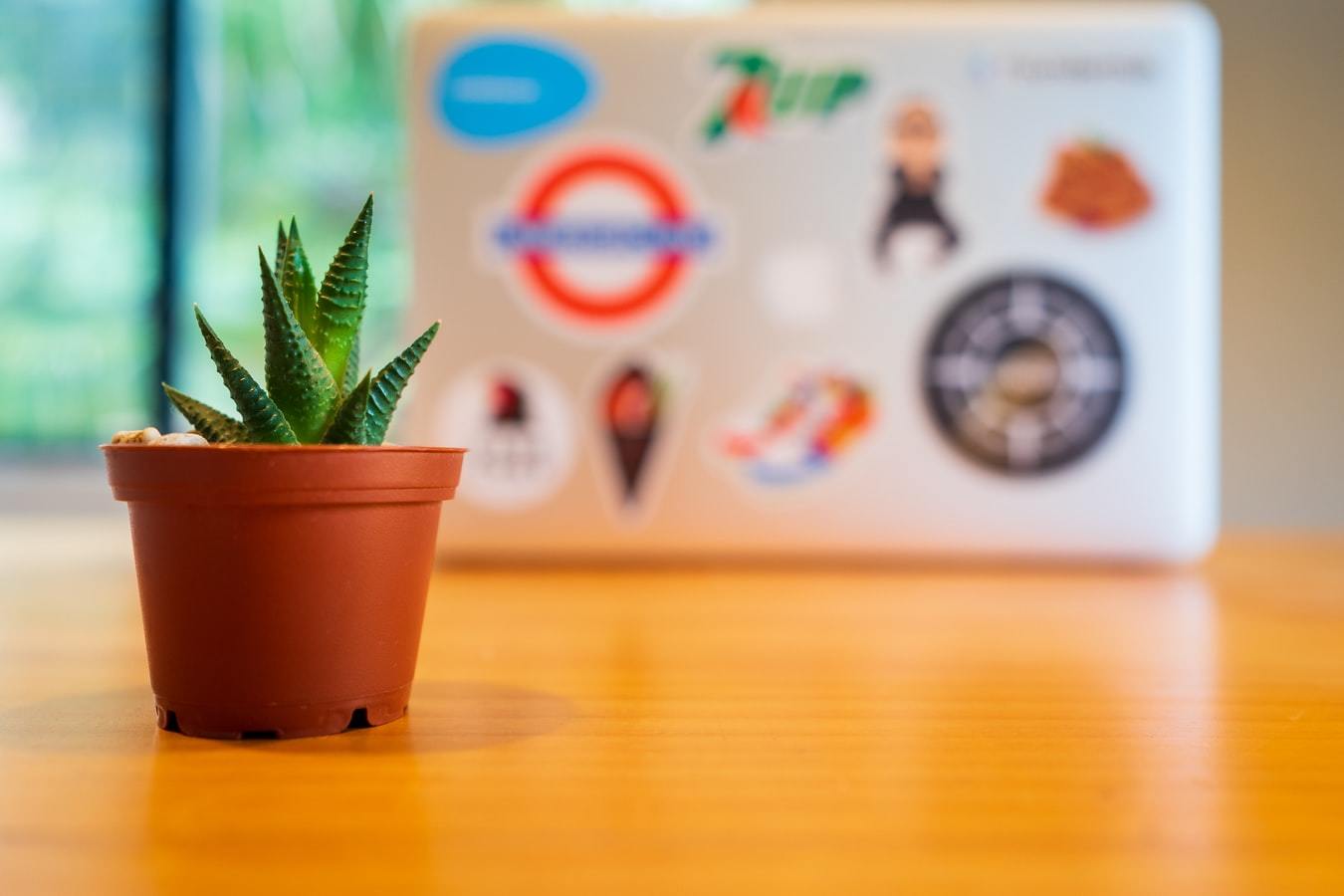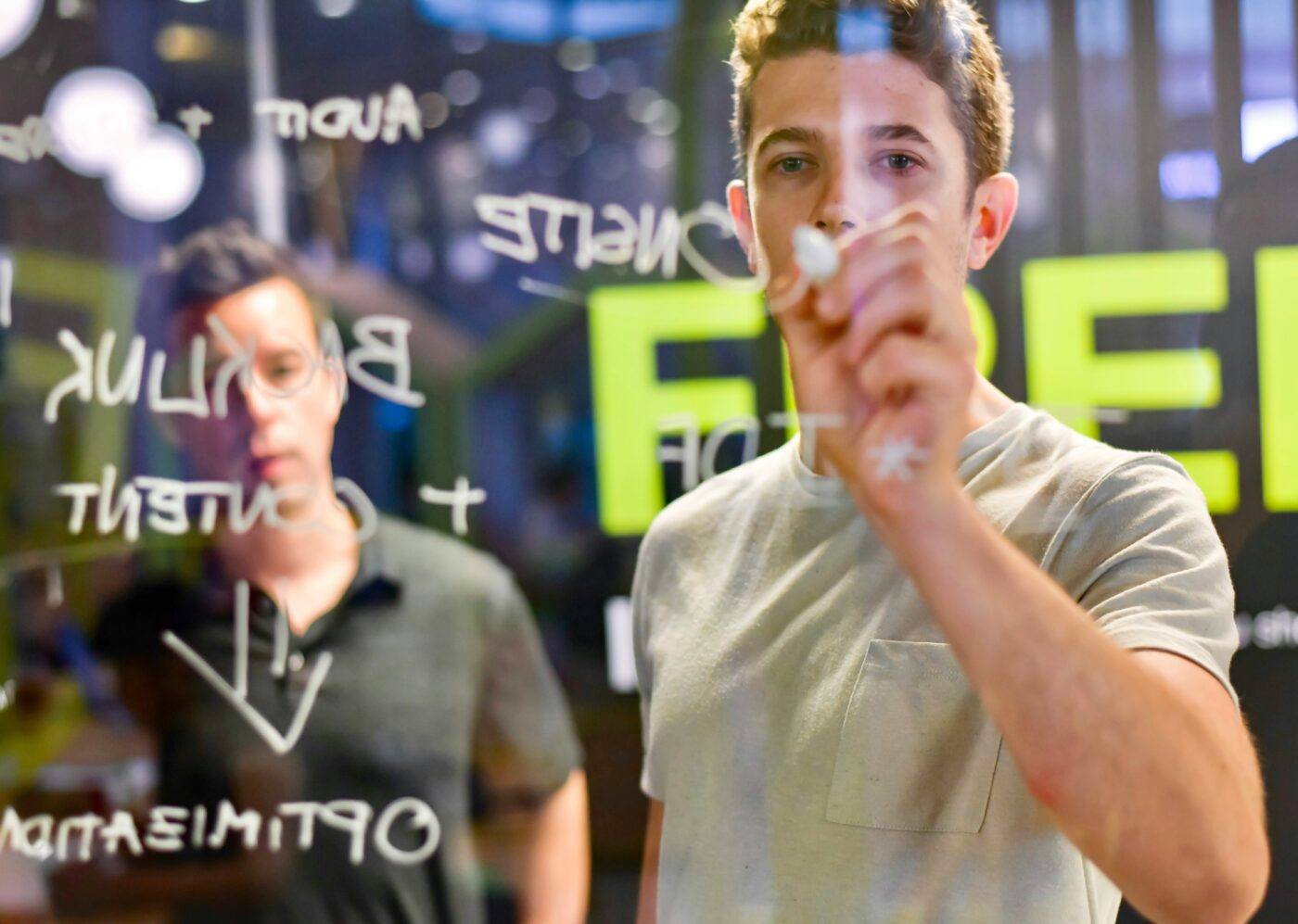Tired of hearing ‘SEO is dead’… yes us too! They’re usually referring to particular types of SEO based on exploiting some loophole in the algorithm. As long as the Internet remains popular (which Statista states is certainly the case with £4.13bn internet users worldwide), search engines will be necessary and improving search presence will remain crucial for online success.
Successful digital branding has been a recognised part of business well before the internet; and now more than ever, customer perception is super important for SEO. So, why is creating an image important for where a site will rank on Google? Much like SEO, building a brand encompasses a range of areas that also fall under other classifications of marketing.
Who Does It Well?
The benefits of building a brand and spending good time developing digital branding can be seen in the case of organisations such as Saucony, who have done a fantastic job with their new Endorphin line up. The anticipation they built before the line-up was even available to order was incredible, with lots of pro runners using the flagship carbon-plated Endorphin Pro shoe going into the US Olympic marathon trials and creating a huge amount of buzz and PR in the running press. People buy from brands they love and trust. Here an image helps lead press stories, social media mentions, and conversations globally and to literally have the shoes sold out and flying off the shelves! I for one love the whole ‘Run For Good’ slogan and the great work they’re doing.
Brand Mentions & Citations
Modern search engines have long been very effective at detecting brand mentions online and, with the extra difficulty of finding high-quality natural links to a website, brand mentions are also an influencing search ranking factor. As a side note, you should also be aiming to turn unlinked mentions of your brand into links. However, this is not the only correlation between the two; the brand strategy should also directly influence the SEO targeting strategy based on the target audience and brand proposition. Furthermore, as SEO also covers site usability, site speed, engagement metrics, user journey and improving conversions (think Core Web Vitals), the two have major aspects that overlap.
Personas, SEO, A.I. and Brand Strategy
When devising marketing strategies, there is a real need to know whom the brand is targeting in order to perform effective SEO. A strategy that doesn’t account for the target audience is almost certainly flawed. A brand will resonate with a particular audience and set of personas based on a range of factors, including socio-demographics, location and interests. A strong brand will have an image and presence that connects specifically with a specific subset of the population, and an SEO campaign should seek to discover and build upon the brand image at the right level.
At Koozai we use clever A.I. and our predictive purchase process to identify persona groups with a high propensity to convert. If you don’t know where the people who will pay for the goods/services are spending time online, it is impossible to gain relevant links or interact with prospective customers. It also makes it much more difficult to provide content that they will actually read or engage with on your website.
By aligning the brand image with effective content and outreach, your SEO project will be more successful in delivering relevant traffic to the site. There is also the opportunity to support the brand building campaign by developing content, targeting keywords and planning site pages that accurately respond to the brand objectives.
A stronger brand is also likely to enjoy PR benefits such as corporate news being shared by news outlets, users describing their experiences, as well as any promotions being disseminated by more people compared to a smaller brand. All these areas lead to an increase in links, references, citations and mentions.
Site Design, Speed, User Journey and Site Usability
Improving a user journey can be complicated because there is no one way to optimise a website. Sure, the payment process can be shortened and made easier, but users buy products in different ways depending on who they are, what product they are buying and how much they trust the brand.
By understanding the user’s expectations of the site and brand, the site can be much more effective at turning visitors into customers. If the brand is well known, the user journey from landing page to conversion can be much more straightforward, whereas a smaller brand may need to look at including more detail to help encourage trust and persuade users to get in touch or complete a purchase.
Designing the site to make it fit users’ expectations is vitally important to keep them on the site, and this can only be achieved by combining a brand image and site design that works effectively for search presence.
With billions of companies trying to make a name for themselves online, having a strong brand is essential for businesses to differentiate themselves from their competitors and as Amazon chief Jeff Bezos says, “Branding is what people say about you when you’re not in the room”.
A great example of a site that nails this is Wiggle. I find that you can literally be on the site and have spent £100s within a couple of clicks. The site is lightning fast and just works. Plus they have the infrastructure to then deliver fast. All inspiring ongoing trust in the brand and a really positive buying experience for that next pair of running shoes 😉
Trust Signals and Conversions
A strong brand can also bring additional benefits beyond increasing the search visibility of a website. Traditionally, brands that are well known to consumers have a lower bounce rate and a much higher conversion rate from organic and paid search, largely down to a new visitor’s experience and trust in the website. By increasing brand awareness, a well-optimised website can take advantage of this competitive advantage to help drive its conversion rate.
SEO and a Strong Brand: Perfectly Matched
A strong SEO strategy can help properly focus the digital marketing side of a building a brand online by finding the right audience and producing the right content for it. High-quality SEO and conversion rate optimisation (CRO) can be the final cherry on the cake to make the most of the visitors that arrive at a website and get the best return on investment (ROI) for all the advertising spend, PR costs, site design expenses and content production resources that have gone into building a brand and attracting users to the site in the first place.






Leave a Reply